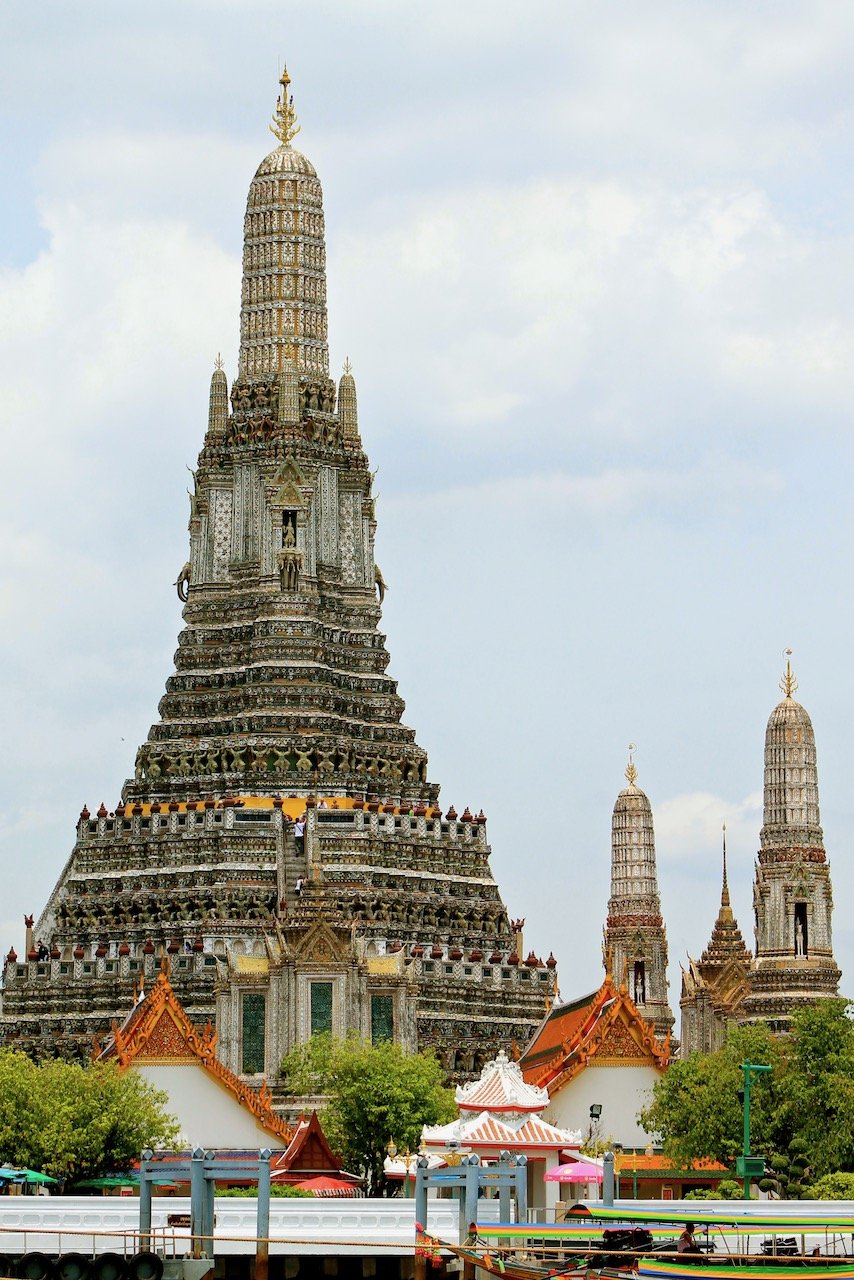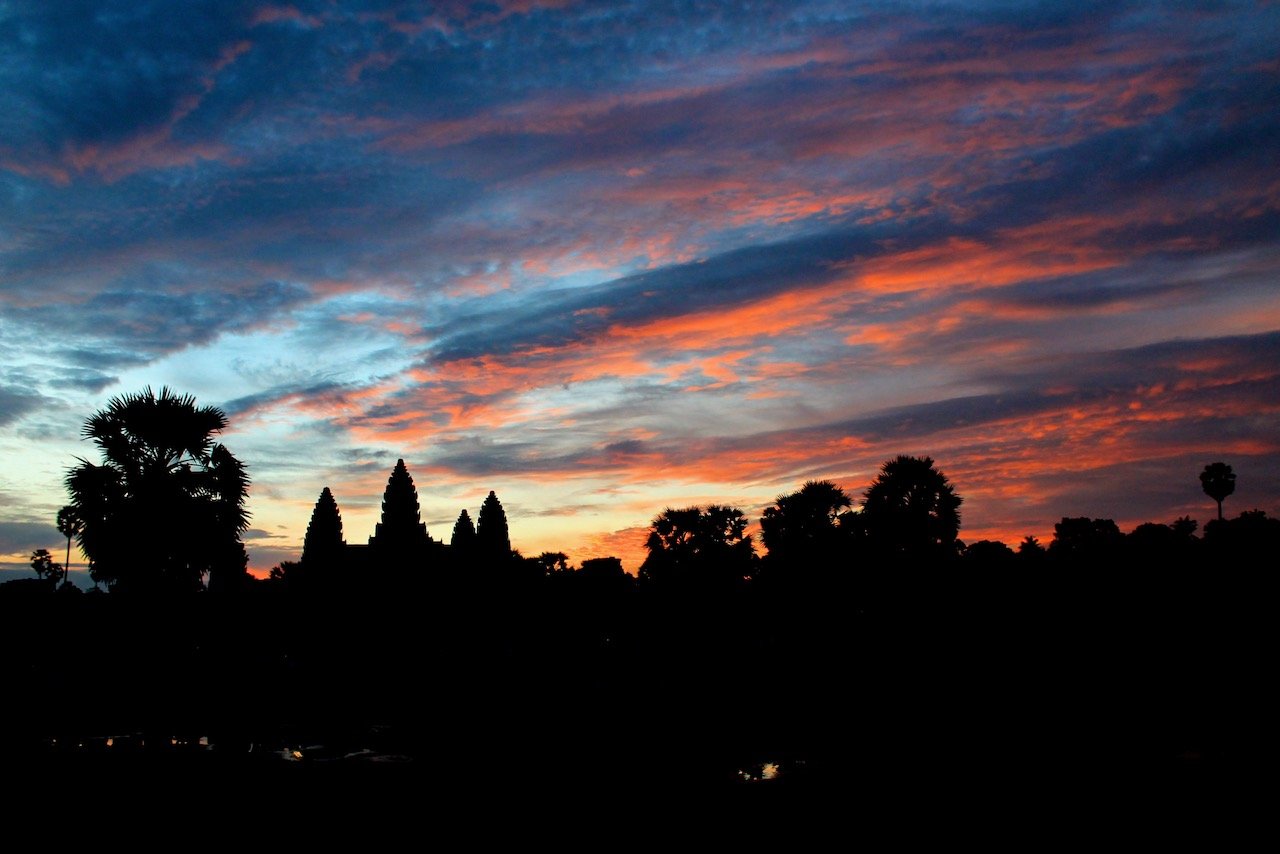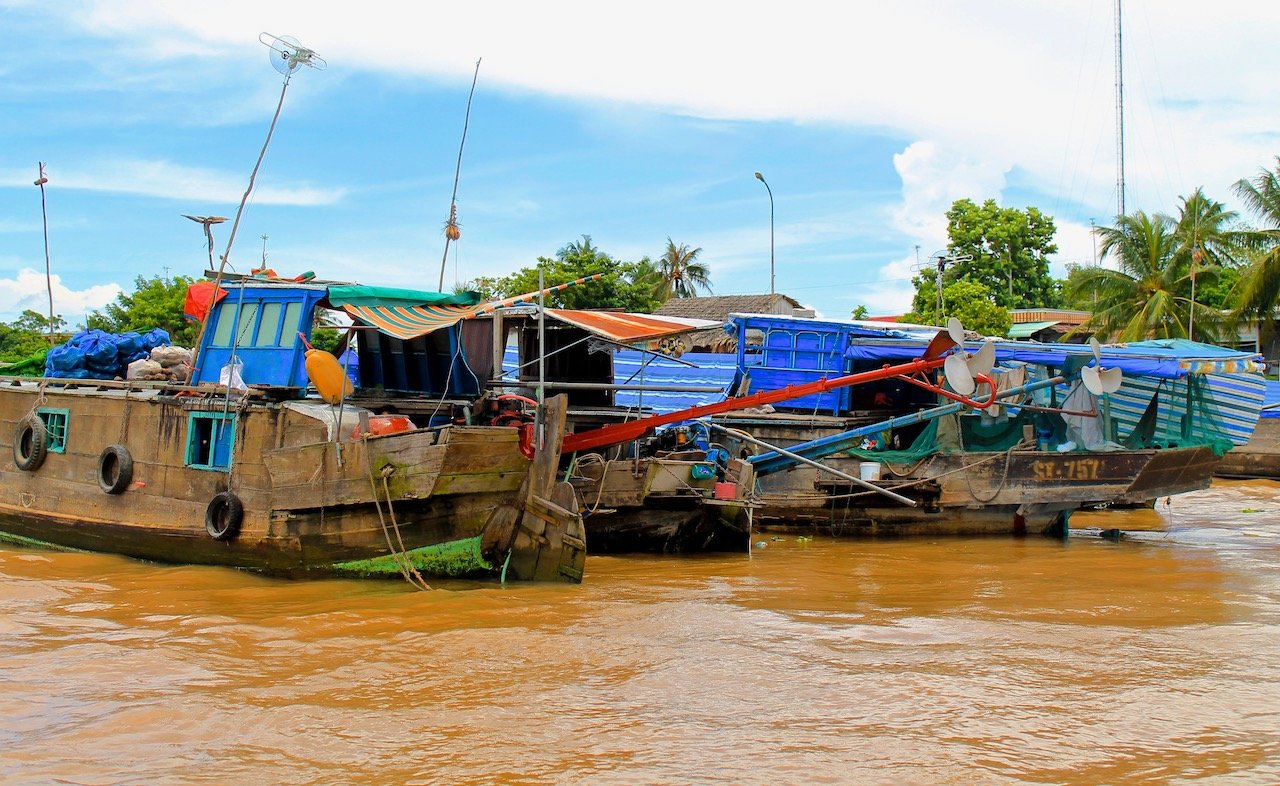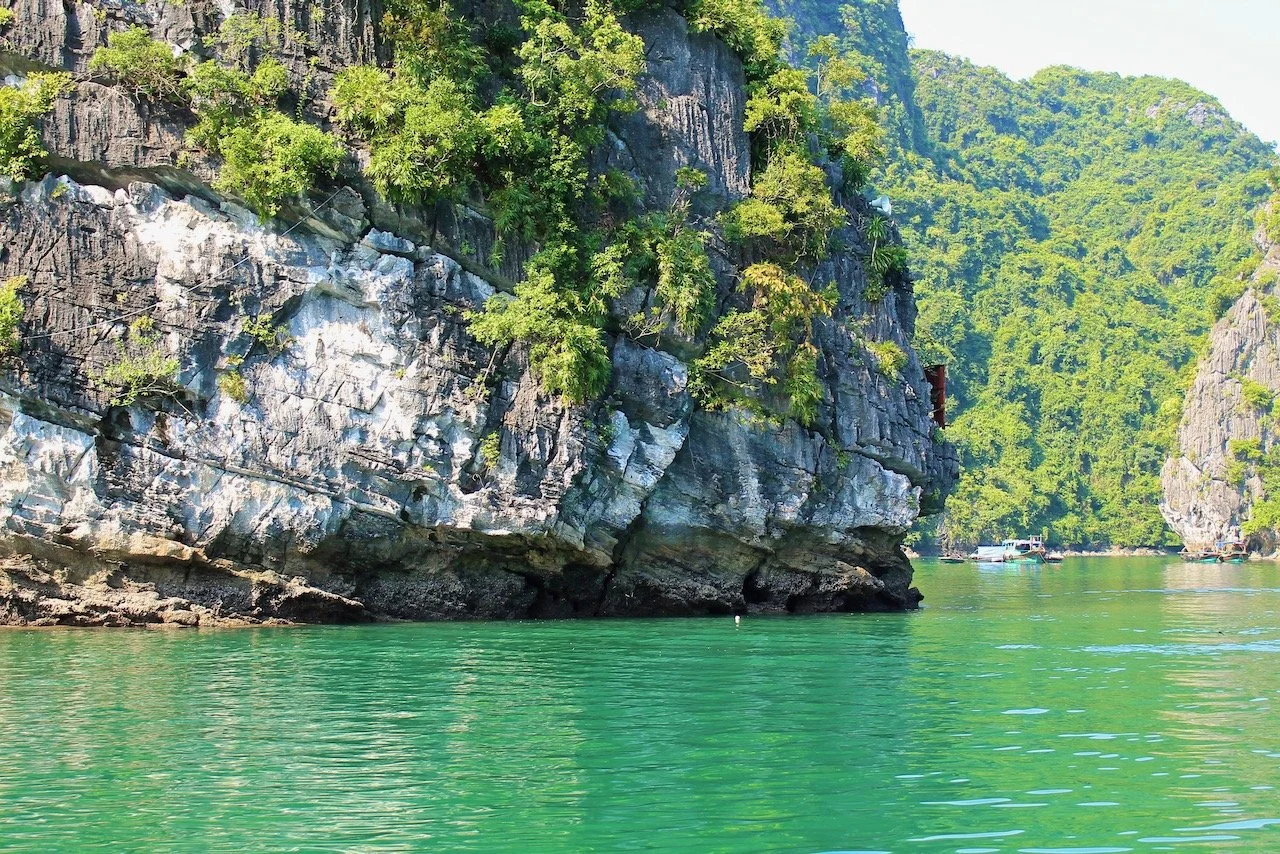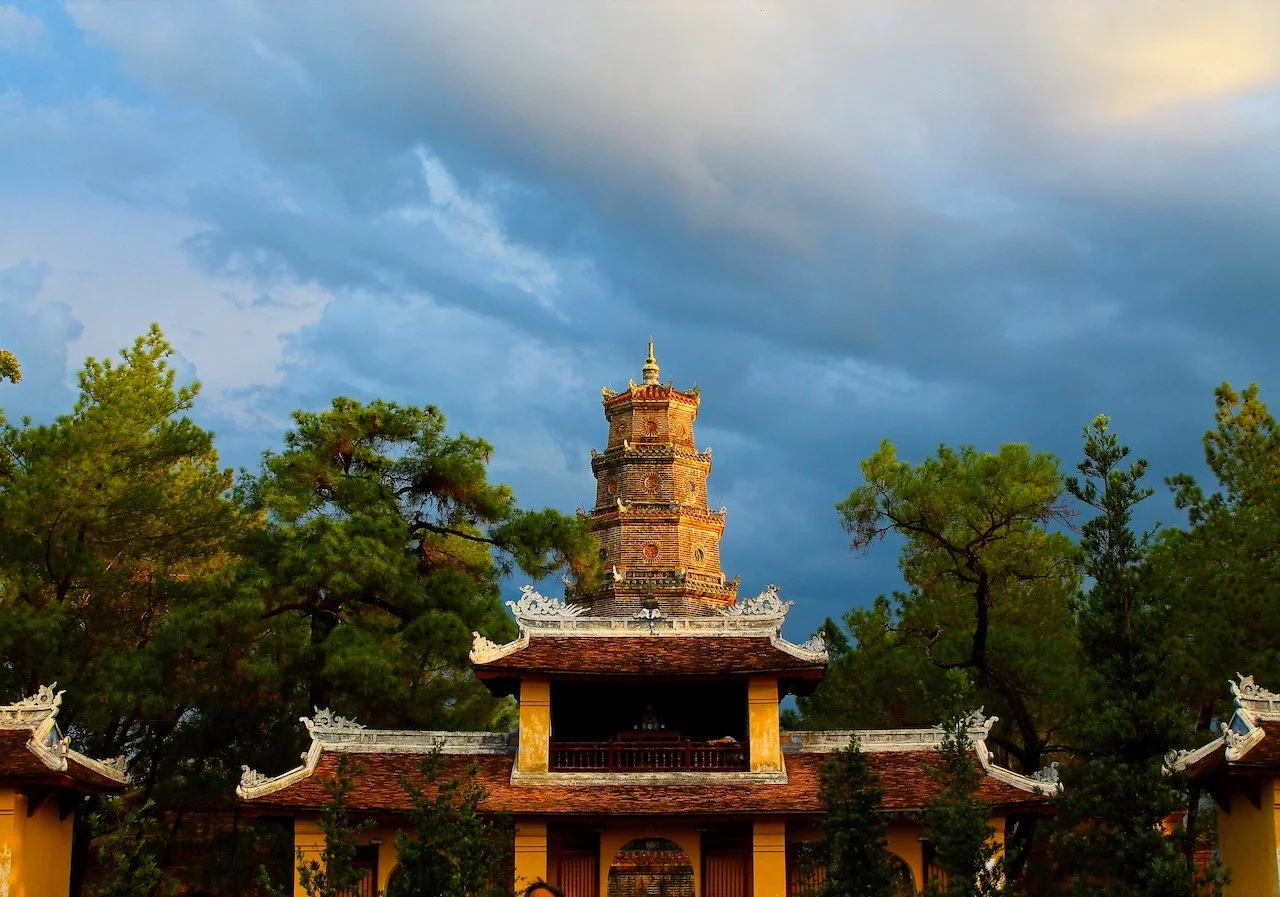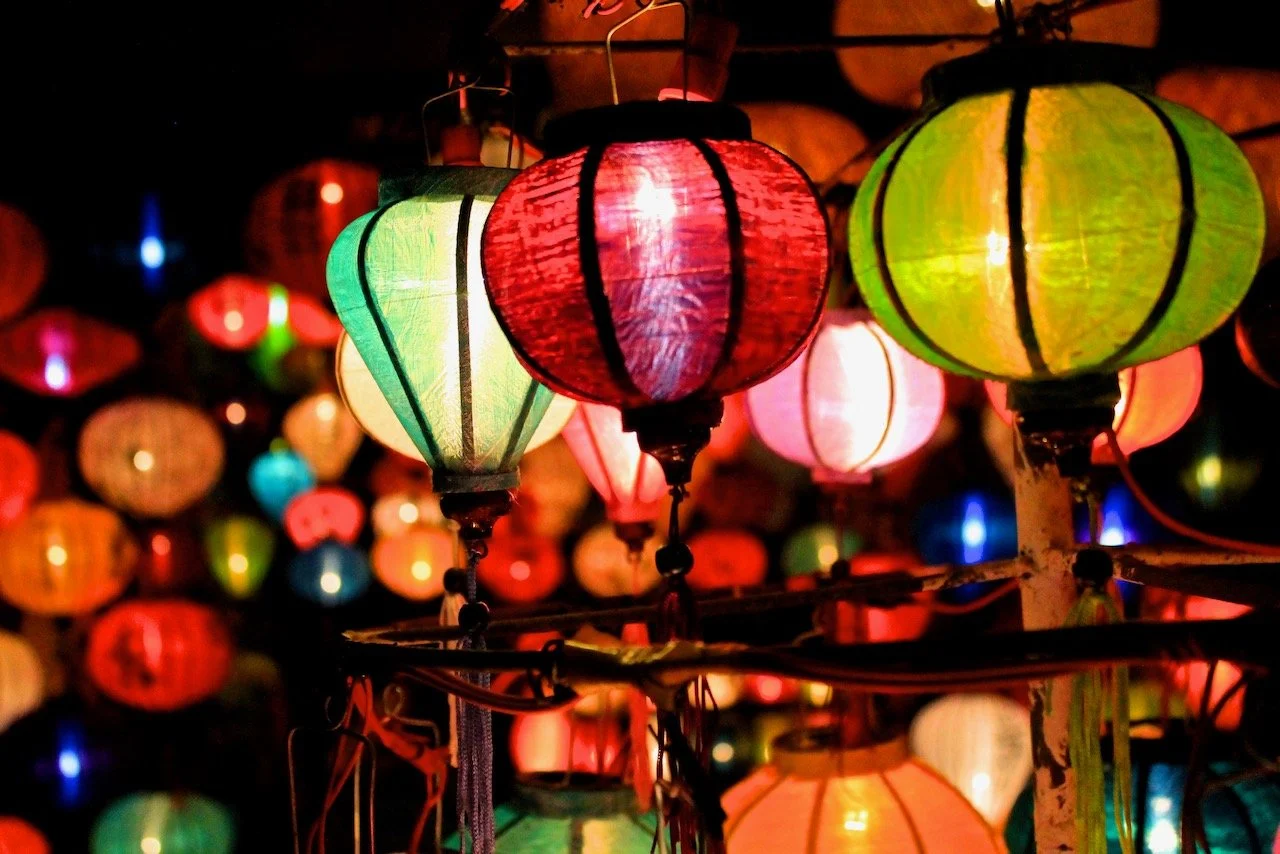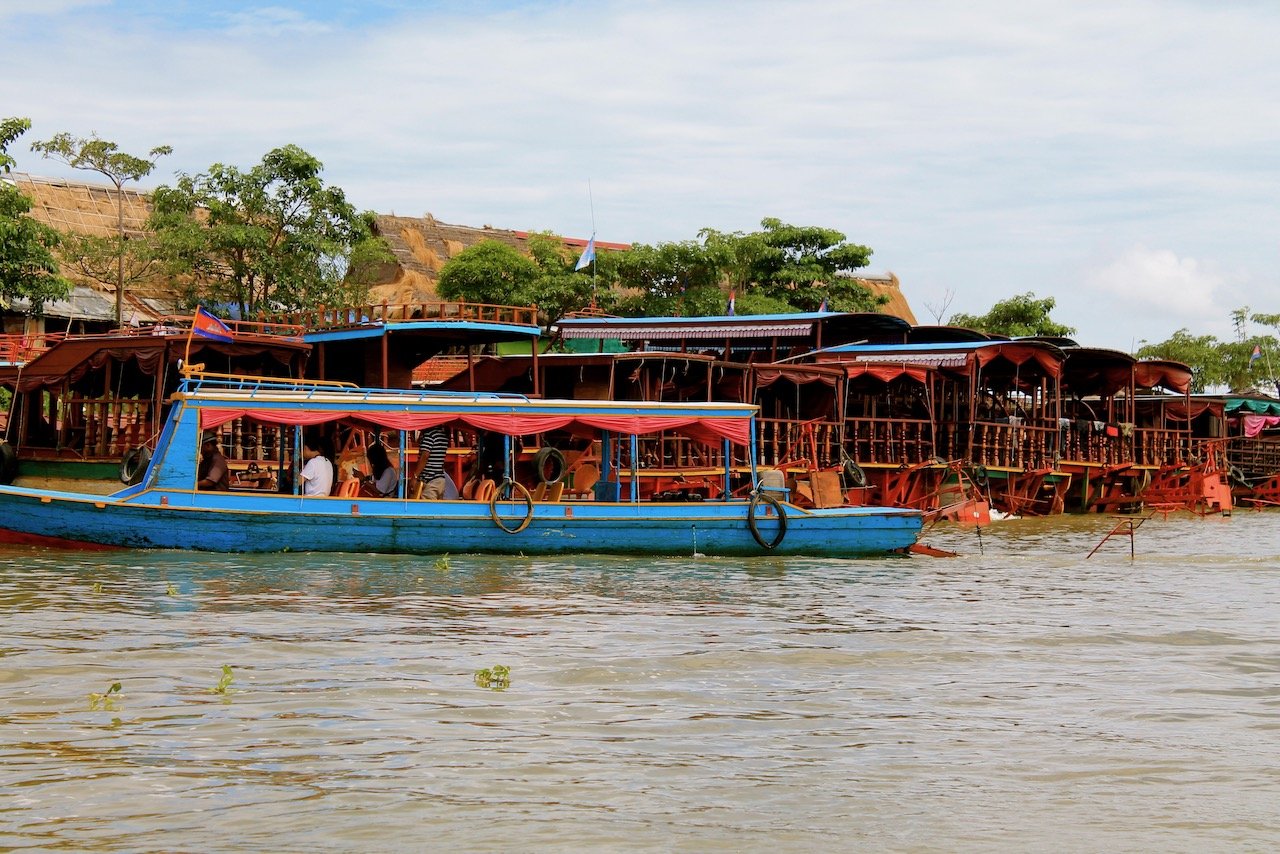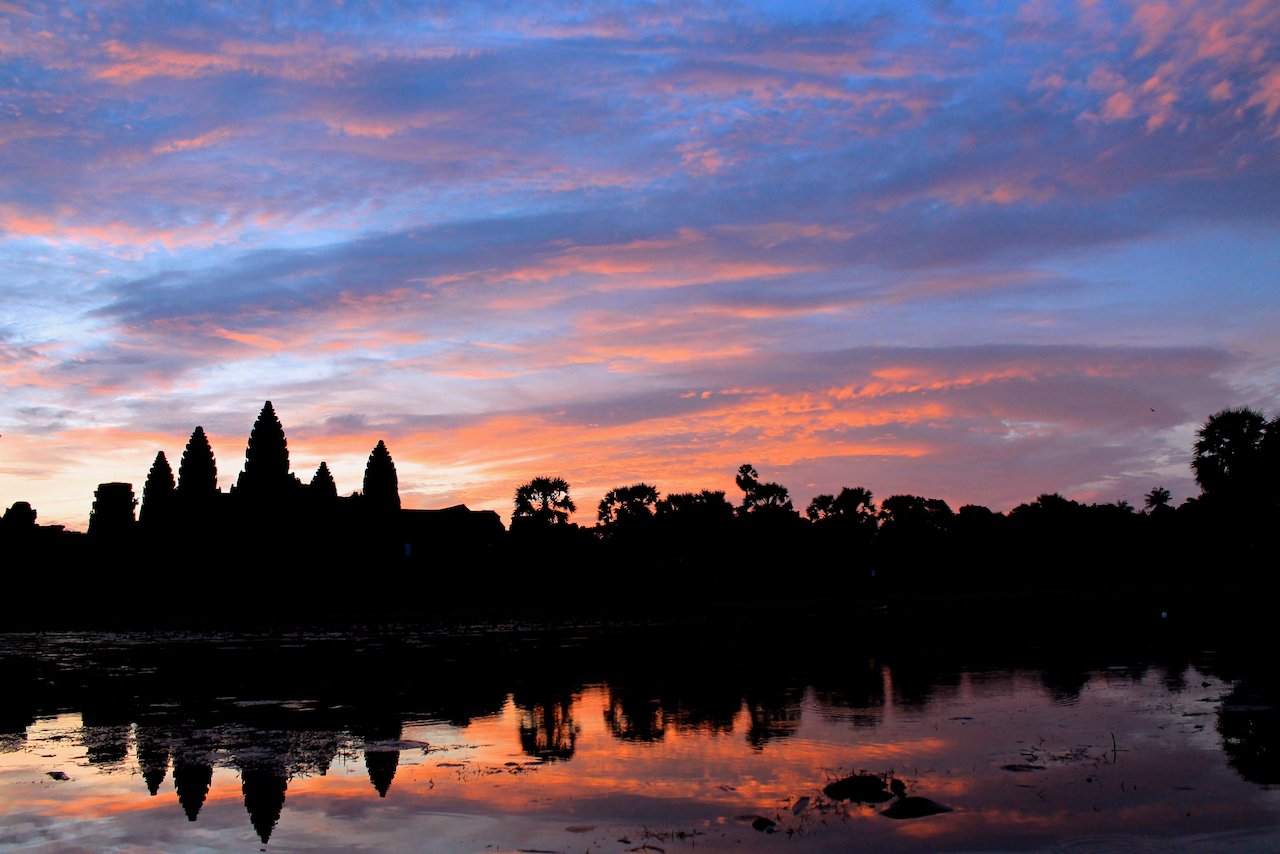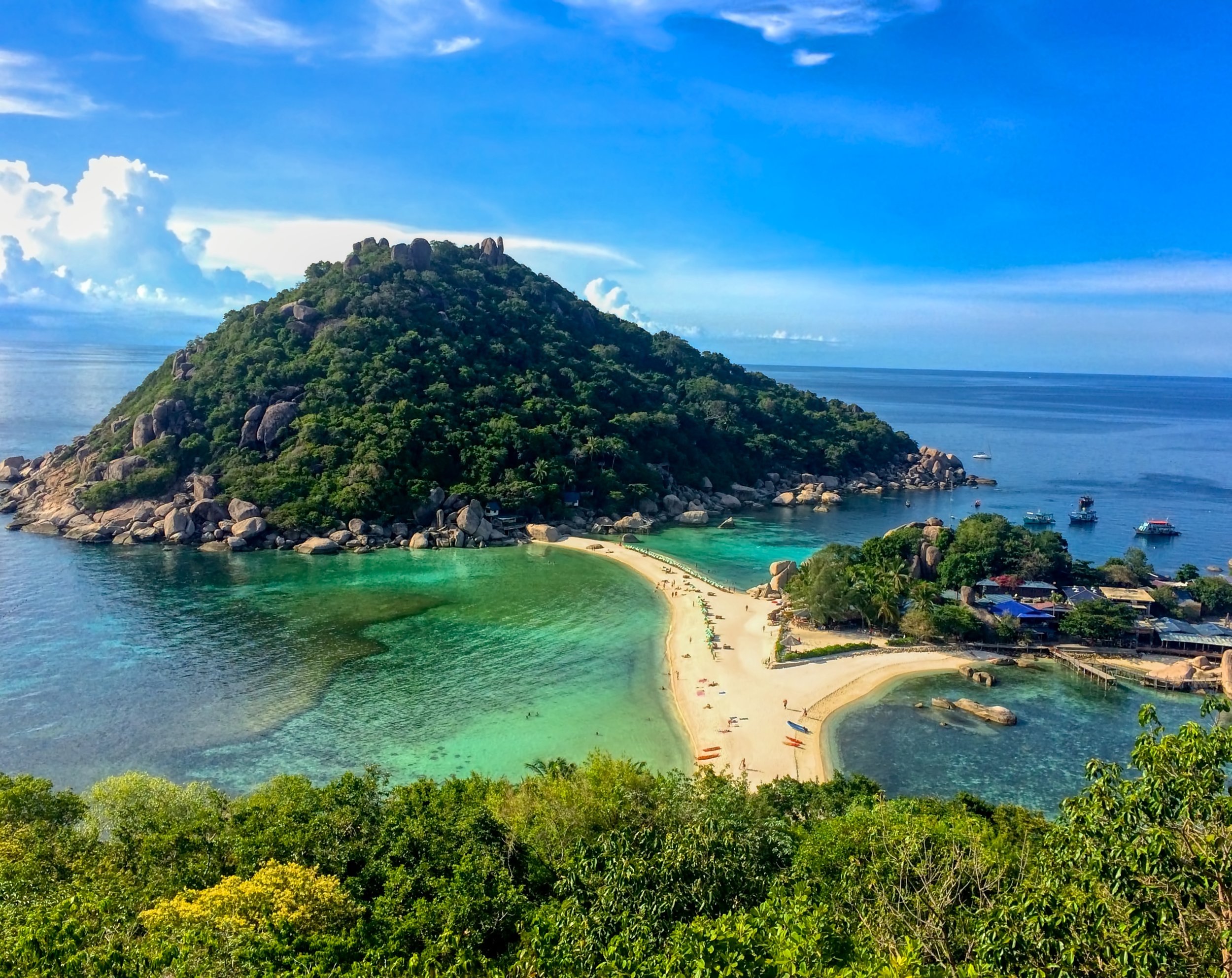A Guide to Southeast Asia: Thailand, Cambodia, Vietnam, and Laos
(Some links in this post are affiliate links. If you click through and take action, I'll be compensated.) If you are also interested in any PRINTS from any of my posts, be sure to check out my store where you can buy prints as posters, in metal/wooden frames or on canvas.
Southeast Asia is a region of the world that is known to every traveler and is an area that is always worth exploring. Situated south of China and East of India, all the countries that encompass Southeast Asia make up the most culturally diverse in the world. It is an area that I traveled through for a month some years ago but I am absolutely planning on returning to someday.
Depending on your definition of Southeast Asia, the countries that comprise this region are broken up into two sub-regions: Mainland and Maritime. The countries in each sub-region are as follows:
Mainland - Cambodia, Laos, Vietnam, Myanmar (Burma), Thailand, West Malaysia.
Maritime - Brunei, East Malaysia, East Timor, Indonesia, Philippines, Singapore.
Perhaps the most popular destination in Southeast Asia according to tourist traffic is Thailand. Indeed, Thailand is an excellent country to arrive into, given that is serves as a hub for the entire region. The same can be said for Singapore, as its airport is repeatedly ranked the best world in the world.
This post is broken down by each Southeast Asia country, followed by specific places in those countries and my blog posts about each one of them. Therefore, you have a complete breakdown of each place that I have been to and have experience in myself. Feel free to also check out the photos I have posted to get a flavor of what you can expect in these places.
Break down of each country and the cities/natural attractions I will discuss:
Thailand (Jump to section): Bangkok, Chiang Mai, Chiang Rai, Koh Samui, Koh Tao, Koh Phagnan, Koh Nan Yuan
Laos (Jump to section): Vientiane, Vang Vieng
Cambodia (Jump to section): Penom Pehn, Angkor Wat
Vietnam (Jump to section): Ha Long Bay, Hanoi, Hoi An, Hue, Ho Chi Minh City, Mekong Delta, Nha Trang
If you like some of my photos that you have come across, just know that I have many prints showcasing a variety of landscapes available for purchase below! (Sold as Posters, Canvas, or in Metal-Frames and Wooden-Frames).
Thailand
Bangkok, Chiang Mai, Chiang Rai, Koh Samui, Koh Tao, Koh Phagnan, Koh Nan Yuan
I feel like the gateway to Southeast Asia is Thailand so naturally I started my journey there. I went during the rainy season so that was also made for a very interesting experience. Nonetheless, I was looking forward to the culture, history, and most importantly, the FOOD.
Here are just a few things to know before embarking on your trip to Thailand:
The currency they use is the Thai Baht (฿).
The rainy season in Thailand is from July to October.
April and May in Thailand are the hottest, with temperatures reaching up to 40 C, or around 100 F.
Thailand, and SE Asia in general, are extremely budget-friendly destinations.
Speaking badly about the Thai Royal Family, especially in public, can get you thrown into jail!
Thailand is ranked 101st in the world in English proficiency, so don’t expect people to speak English. Instead try to learn some of the basics in Thai and you will go far.
If you have food allergies and need to communicate that to servers, try to have them written in Thai and double checked by a Thai friend, or hotel worker or anyone else who is bilingual in both languages.
Bangkok
(See Blog Post - An explorer’s guide to Bangkok)
It can be argued that the biggest draw of Bangkok (and Thailand in general) is the food. In between meals, you can make your way up and down the Chao Phraya river by boat, stopping at different attractions along the way. These include Wat Arun, Wat Pho, The Grand Palace, Tha Tian Market, and Saranrom Park.
Chiang Mai/Chiang Rai
(See Blog Post - Just a few reasons why should visit Chiang Mai and Chiang Rai)
The cities of Chiang Mai and Chiang Rai in Thailand, several hours north of Bangkok, are a great change of pace from the country capital. In these cities you can discover great temples like Wat Phrathat Doi Suthep and the White Temple, see a Muay Thai fight, and even take cooking classes in traditional Thai cuisine.
Koh Samui/Koh Tao/Koh Phangan
(See Blog Post - Island hopping in Eastern Thailand: Koh Samui, Koh Tao, and Koh Phangan)
When you're in this part of the world, be sure to take a ferry from Chumphon towards the East Thai islands of Koh Samui, Koh Tao, and Koh Phangan. These islands together all have a little something different to offer so it's worth checking out all three. You can expect to go snorkeling, paddle boarding, suntanning, diving, and plenty of eating and drinking when you're here. Enjoy!
Laos
Vientiane, Vang Vieng
I hadn’t heard much about Laos before going there. It was a destination that was part of a tour that I was on so I was very much intrigued at what we would expect from there. My time there started poorly as I had contracted food poisoning which took me out for five whole days. Nonetheless, I still managed to find the energy to at least explore some Laotian cities.
Just a few things to note about Laos before your visit:
The currency they use is the Laotian Kip (₭).
Lao Food is extremely underrated!
Laos is home to some of the best waterfalls in Southeast Asia, namely Tad Fane and Dong Hua Sao.
Laos is called the ‘Land of a Million Elephants'. You can see as many elephants as you like, most are in respectable elephant reserves/sanctuaries where they are treated well and respected. Do your due diligence before booking a place to go do this.
Laos is a communist state and one of the only remaining ones in the world.
The Lao government forbids sex between Lao citizens and foreigners. You can marry only by government approval.
Laos was often bombed during the Vietnam war since it was used by both combatants to transport troops and equipment. Many casualties of the Lao people to this day are still sustained due to unexploded ordinance, mostly in the form of cluster bombs that did not detonate on impact.
Vang Vieng
Vang Vieng is a popular destination for backpackers, looking for adventure sports (rapids, rock climbing, tubing kayaking, mountain biking, etc.). It was settled in 1353 and its current name was given in the 1890s during French colonial rule. What is most impressive about Vang Vieng is its position in nature, with such incredible mountainous landscapes all around. You can go there to party, but in my older age, I would love to go back to enjoy the nature and solitude.
Vientiane
Vientiane is the capital of Loas, and is located on the Mekong river, close to the Thai border. It has a population of a million people and possesses remarkable temples and monuments such as Pha That Luang, Haw Phra Kaew, and the Emerald Buddha. A good view of the capital comes from the Patuxai, a war monument dedicated to those who fought for Lao independence from France.
Cambodia
Penom Penh, Angkor Wat
One of the main reasons for heading to Cambodia for me was to see Angkor Wat. A temple like this is truly one of a kind. I did not know what I was expecting from the rest of Cambodia but it turned out to be one of my favorite countries in the region. So much history, a lot of it tragic, and so much culture that I never learned about in textbooks.
The currency they use is the Cambodian Riel (៛).
The Cambodian flag is the only one in the world to feature a building (Angkor Wat).
Angkor Wat is the largest religious structure on Earth.
Cambodia does not have a McDonalds (though they do have Burger King).
Tonle Sap in Cambodia is the largest freshwater lake in Southeast Asia.
The film ‘Tomb Raider’ was set AND actually filmed in Cambodia, in the Angkor Archaeological Complex.
There are over 4000 temples in the country.
The US dollar is the country’s 2nd unofficial currency.
Angkor Wat
(See Blog Post - The perfect guide for tomb raiding in Cambodia)
Penon Penh and Siem Reap are the two must sees in Cambodia. The country is most well known for its collection of temples, in their highest concentration at Angkor Archeological Park (near Siem Reap). Here you can see world famous temples such as Angkor Wat, Angkor Thom, Bayon, Phnom Bakheng, Pre Rup, Preah Khan, and Temple Ta Prohm.
Vietnam
Ha Long Bay, Hanoi, Hoi An, Hue, Ho Chi Minh City, Mekong Delta, Nha Trang
Ending my Southeast Asia trip in Vietnam was truly like saving the best for last. With so much coastline, I didn’t realize how much beach Vietnam had, along with lush forests and meadowlike countryside. Of course, the food was incredible and I would be most excited about that if I return!
The currency they use is the Vietnamese Dong (đ).
The Son Doong Cave in Vietnam is the largest cave in the world.
Vietnam boasts about 2,360 rivers within its borders.
Vietnam is 2nd in the world in exporting coffee, behind Brazil.
The country is known for its high biodiversity.
Vietnam is considered to be extremely safe for tourists.
Vietnam’s national flower is the Lotus.














